Rainy Days and Mundis: Episode 2
By Mento 0 Comments
Now that we have a second game for a comparison, we're getting closer to what I wanted this series to be: a celebration, if that's the word, of the many differences and similarities of the fledgling Hidden Object Puzzle Adventure genre. We're not picking on Artifex Mundi in particular; it's just that they have the best reputation of the many developers who attend to this surprisingly popular format that combines classic point-and-click, Mensa brainteasers, and hidden object puzzles. In fact, it's why I picked a game this week that they didn't develop (but still published) - The Myth Seekers: The Legacy of Vulcan, from Sunward Games. Sunward, based in Hungary, is a frequent collaborator with Artifex Mundi, and is also known for their The Secret Order and Endless Fables franchises.
This is the only game of theirs I own and so will be their only appearance in this feature, unless I really start to get serious about collecting these things. I specifically wanted to see if a fresh developer offered a much more distinctive experience. After all, the most intriguing thing about this sub-genre is how codified it all appears to be.
(Episode 1: Grim Legends: The Forsaken Bride)
Episode 2: The Myth Seekers: The Legacy of Vulcan
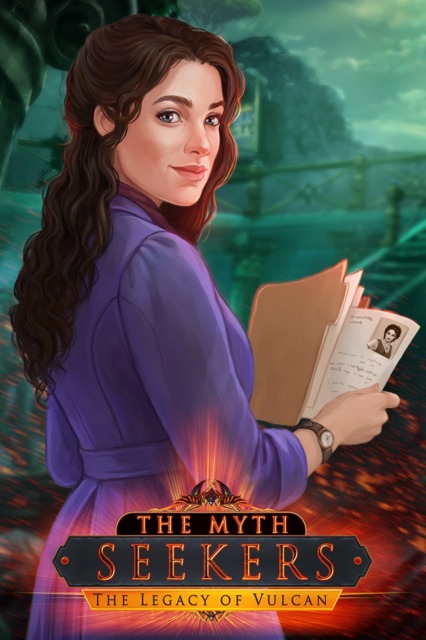
In short, The Myth Seekers are a clandestine organization from the early 20th century who seek out the validity of mythological beings and artifacts. It's a fairly solid foundation for an ongoing series, with each future entry presumably looking at a different ancient culture's pantheon and legends. Its first episode, The Legacy of Vulcan, looks at the ancient Roman gods in particular: the ones our planets are named after. What's curious about this is that all these gods were originally Greek; the Romans still built temples and structures in their honor, but you'd think the deities themselves all live on Mt. Olympus and prefer to be called by their Greek names.
Instead, the game has you dart around Italy collecting relics - the Key of Janus, the Helmet of Mars, the Tiara of Venus, etc. - from various remote locations including Mt. Vesuvius (the game folds in the destruction of Pompeii as a major plot element) and the island of Capri. It's also the 1920s, which means Mussolini is theoretically on your case... except Il Duce never really turns up, and neither do his goons. Instead, the antagonist is another Roman god - Bellona, the sister/lover/wife (depending on who you talk to) of Mars - who has a grudge with the titular god of blacksmiths and is determined to stop you for reasons that become clearer as the story progresses.
While the game still has fantastical elements - you chat with a few immortal beings, after all - it's not the fairytale last week's game was, instead taking on more of an Indiana Jones period archeology vibe. If I'm going to do this "these HOPAs can't all be the same" in good faith, I felt like I should pick out something thematically distinct each week.
So, similarities:
- The general interface. Now, I actually like the first-person perspective in adventure games, with the inventory bar scrolling across the bottom of the screen: it's the same standard that Legend Entertainment used for most of their games, and I always felt those guys were underrated in this field. That it's become the de facto format for HOPAs is not unwelcome, but still a little odd. I suppose this means not having to animate a protagonist walking around.
- Speaking of which, in both of these games the protagonist has been some plucky young ingenue with more wits than she's usually given credit. Going from the icons for other HOPAs in my Steam library, this appears to be common practice. Despite their agency, they aren't given much dialogue and you rarely see their face, which suggests they exist primarily as a cipher for a mostly female playing audience. I wanted to avoid gender generalizations, but there's a building pile of evidence that points to developers of HOPAs recognizing that their target demographic is women.
- To build from that, and sorry for spoilers for this random hidden object game, both of the games featured so far have male deuteragonists who turn out to be evil. It's an emerging trend that the heroines of these games can't depend on anyone but themselves and maybe a cute animal or two, but I wonder how often these games specifically invoke the trope of a companion suddenly betraying you.
- Naturally, the hidden object puzzles are here too, but they have the same kind of distribution that they did in Grim Legends: approximately one third of the puzzles thrown your way involve one of these puzzles, the solution of which grants you a single item. If anything, Legacy of Vulcan minimizes their presence even further: each "scene" is only used once, rather than the twice per that Grim Legends had. In addition to picture and word clues, there's a few hidden object puzzles in which you have a single item to find and have to complete a series of objectives - move a book to find a saw handle, add the saw handle to a saw blade, use the completed saw on a ladder rung, use the ladder rung to prop up a chair, grab the item beneath the chair, etc.. It's kind of a neat way to re-frame those puzzles, and I hope other HOPAs have similar breaks from tradition.
- Less welcome is finding out that the game has the same graphical limitations as Grim Legends. To recap: the characters all look like barely animated cutouts and whenever the game is attempting some exciting action, it zooms in and swings the camera around a static image that looks way worse when you get close. There's probably a strict budget behind these games, so I can't begrudge them for doing the best they can with the resources they have, but wholesale replication of shortcomings just rings of low effort. Still intend on giving these games the benefit of the doubt that they're not coming off a factory assembly line, but...
Some major differences:
- A type of puzzle that this game features but Grim Legends wisely lacked are those sliding block ones where you need to make room to move a specific tile from one side to the other. These are the bane of my existence whenever I'm playing a Layton game; far worse than the usual picture grid variety, which can be solved in seconds if you know what you're doing. There wasn't anything in this game that presented a roadblock for too long, but I can probably contribute 30 minutes of my three hour playthrough to the two instances of this puzzle that The Legacy of Vulcan contains.
- The game is on a linear rail that does not allow for backtracking once you've moved to a new area of Italy. This means it's easy to lose out on several of the game's many collectibles, which once again are dotted around the screen and are fairly difficult to spot. Grim Legends, meanwhile, allowed you to revisit pretty much any area on the map besides a few of the early zones (and I'm not sure those had collectibles regardless) but then it had the benefit of the whole game being set in the same general area of Asspullsylvania. One of those unfortunate setbacks of The Legacy of Vulcan's roadtrip narrative, though nothing that affects the core game too much.
To see us off, I've created a small annotated montage of screenshots to give you all a sense of what the game has to offer. I'm going to try to make this a component of future Rainy Days and Mundis episodes too. It'll be easier to keep track of recurring plot tropes and puzzle configurations, for one thing.
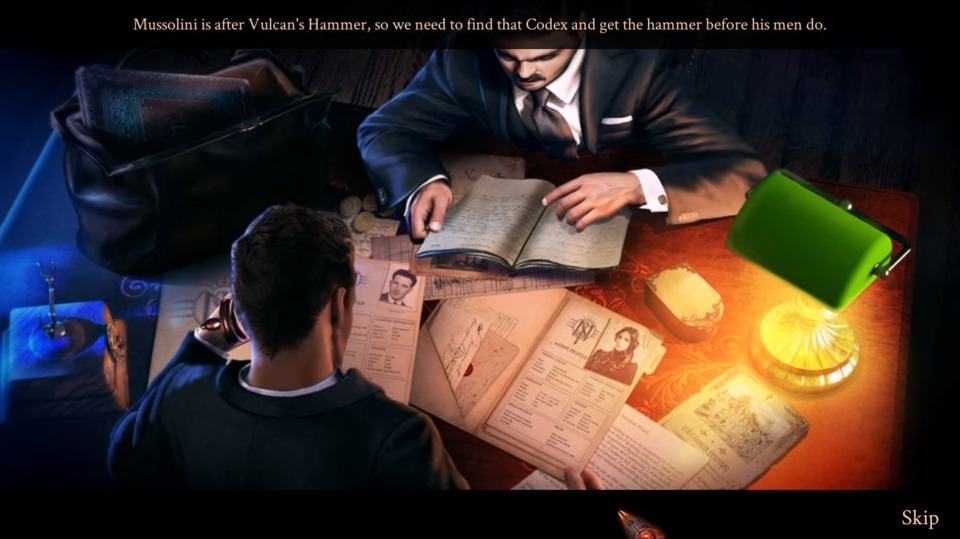
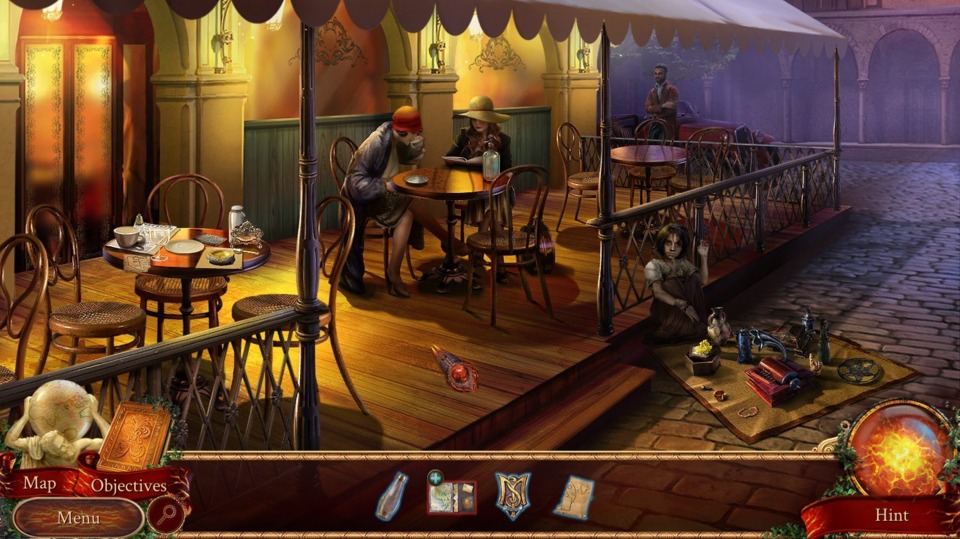
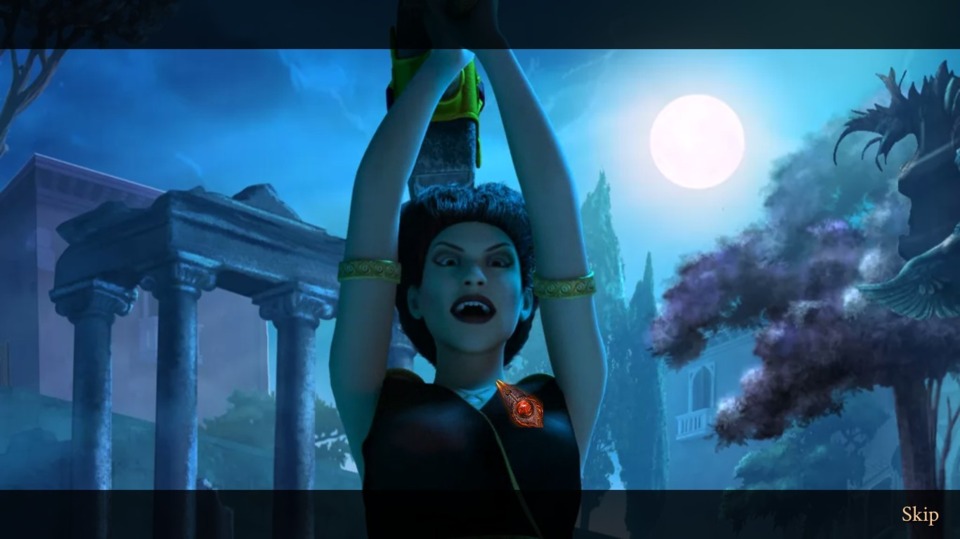
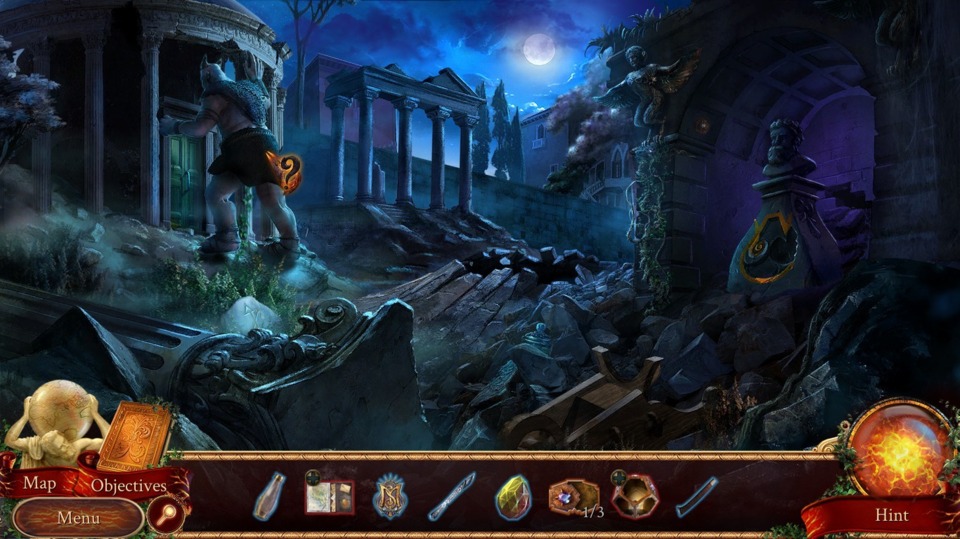
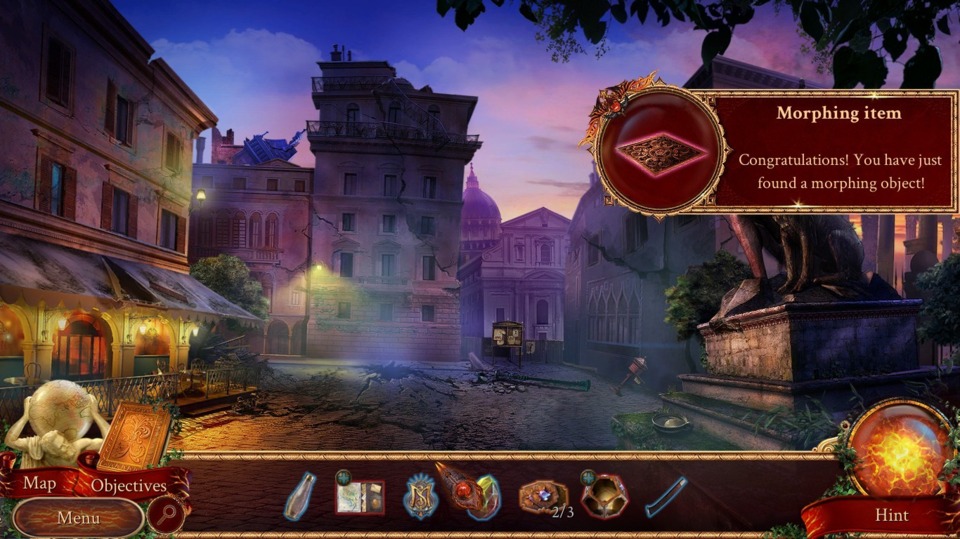
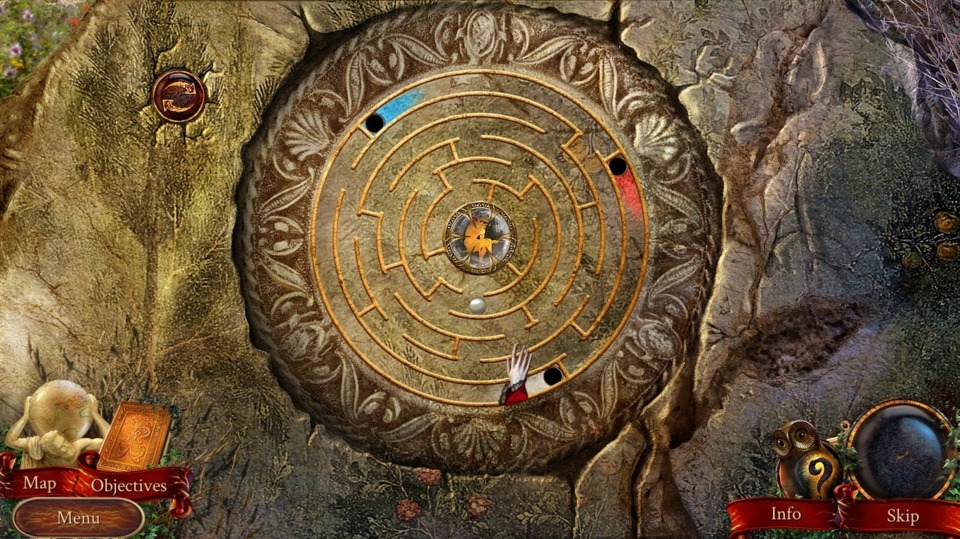
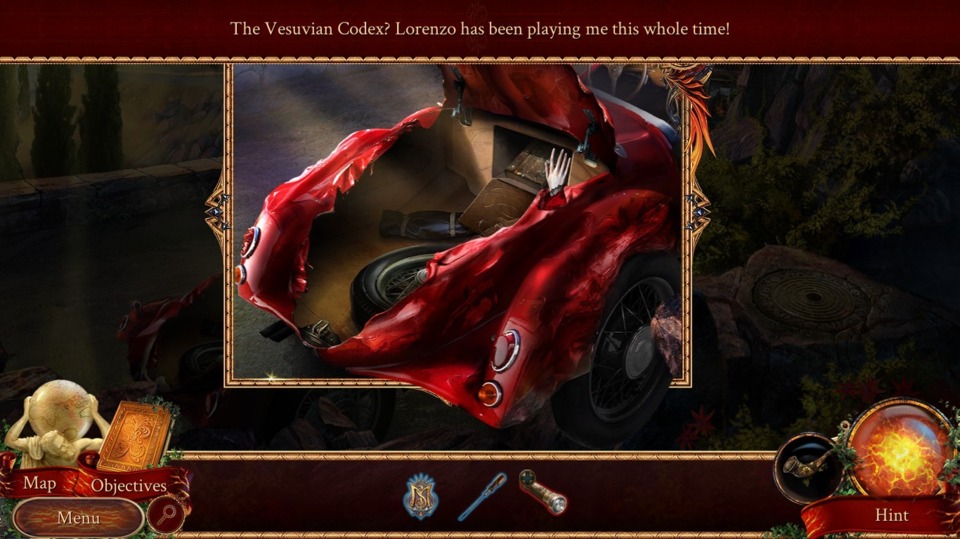
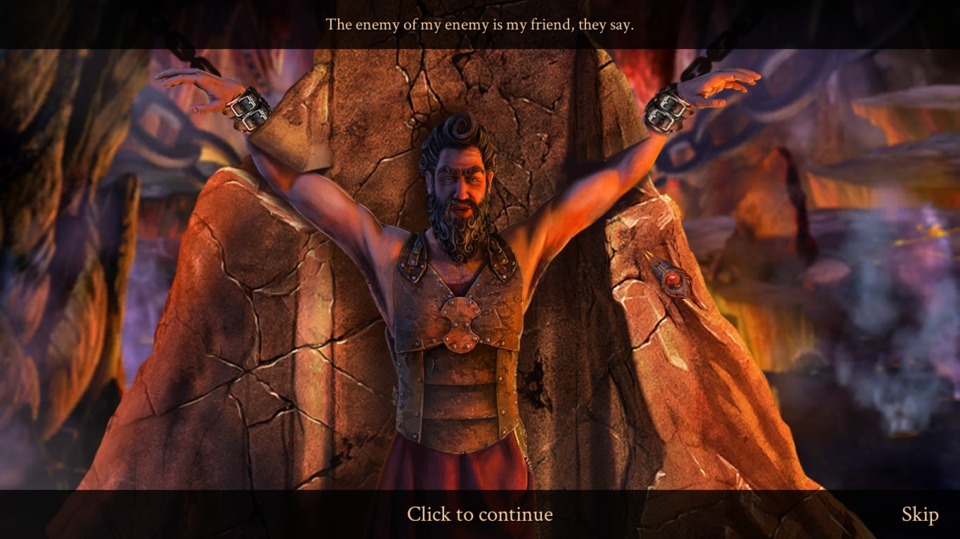
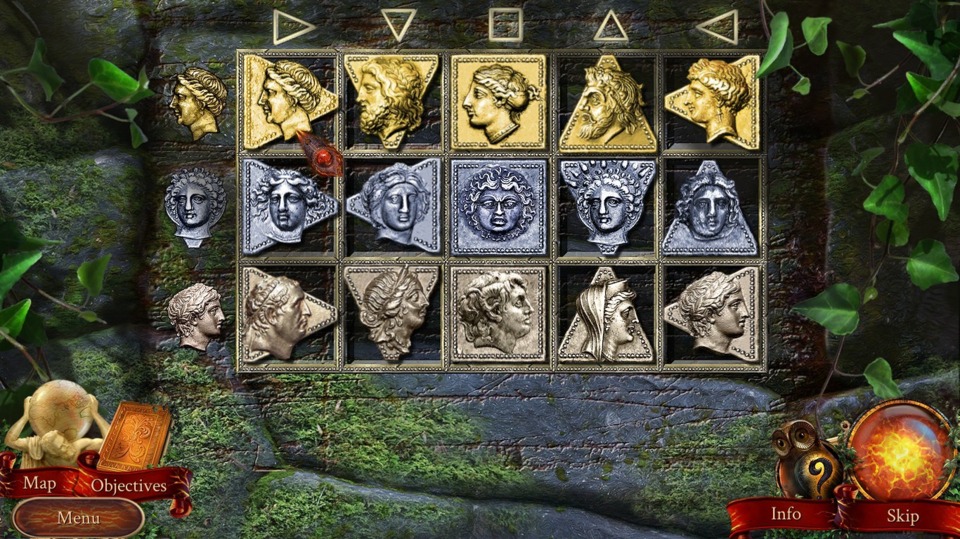
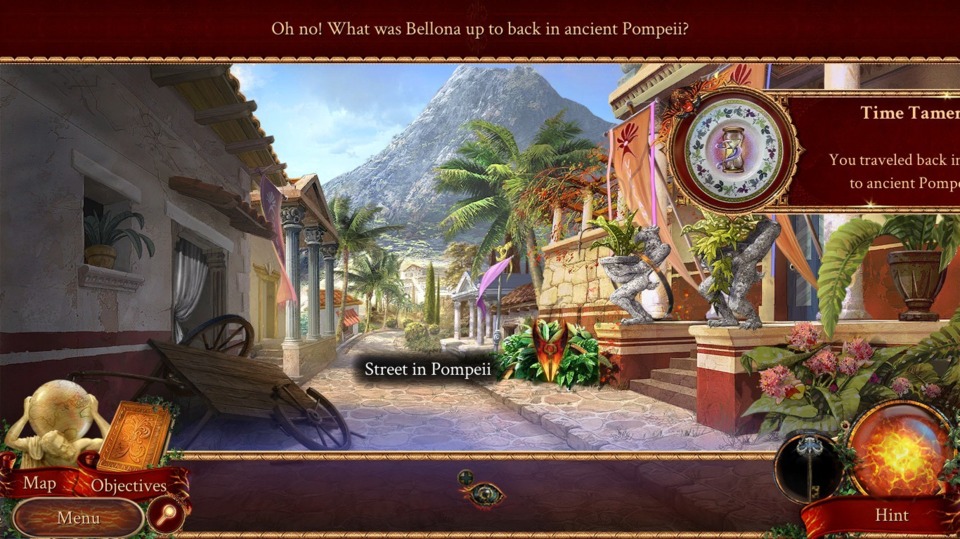
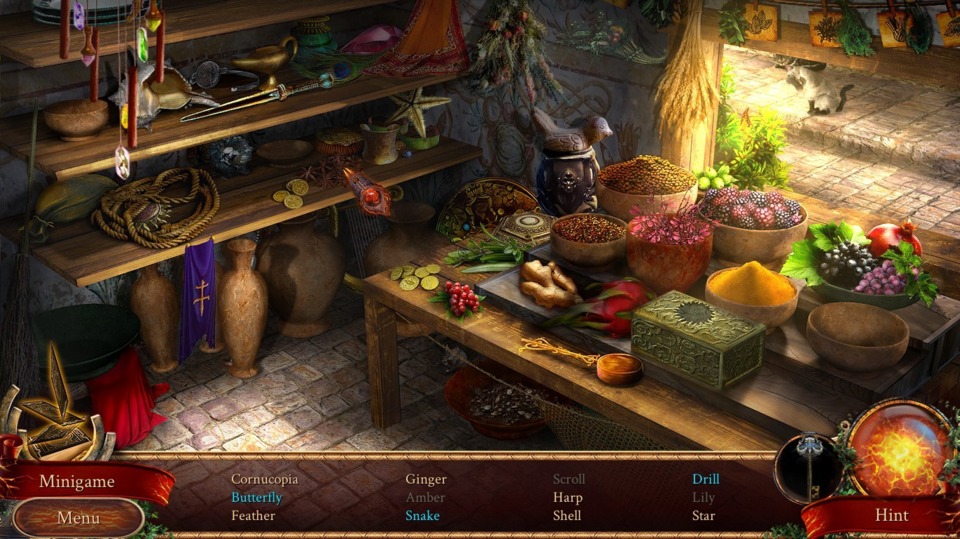
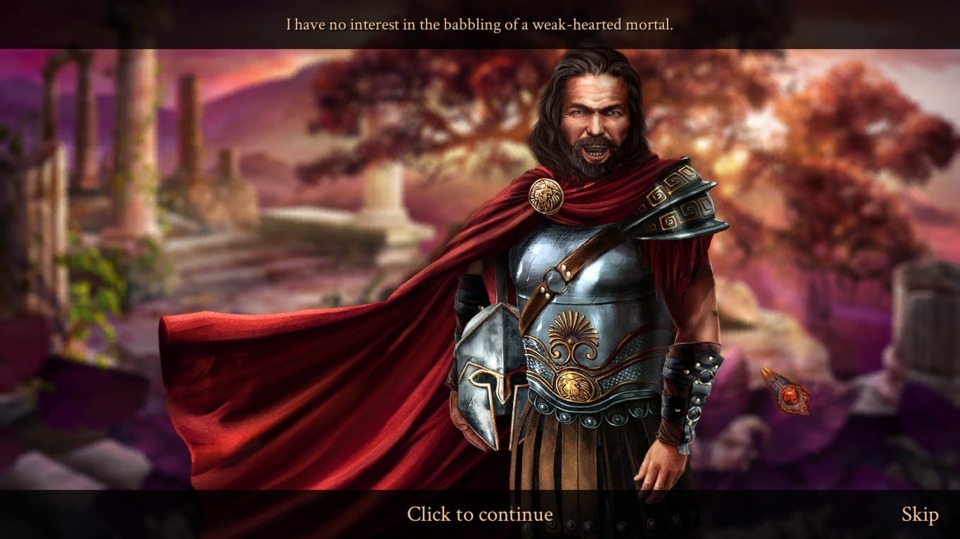
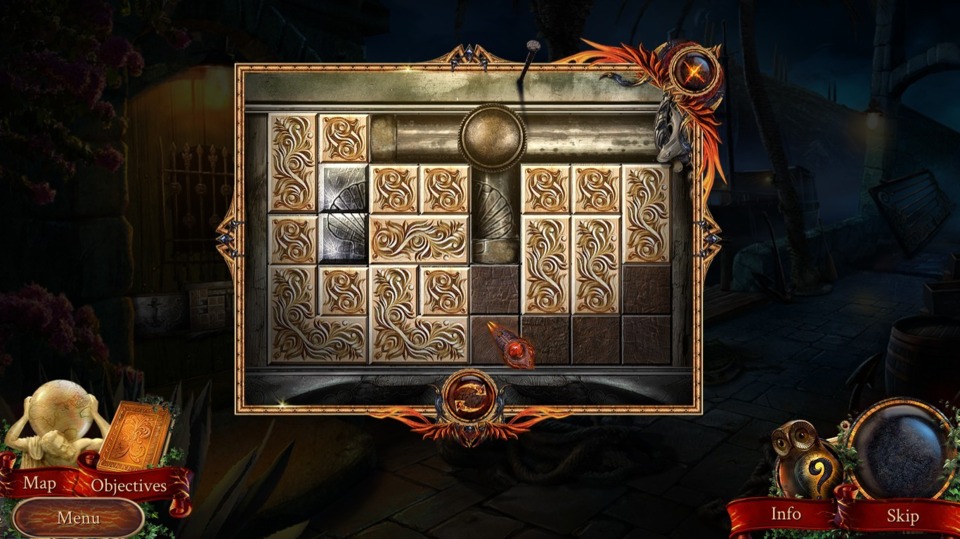
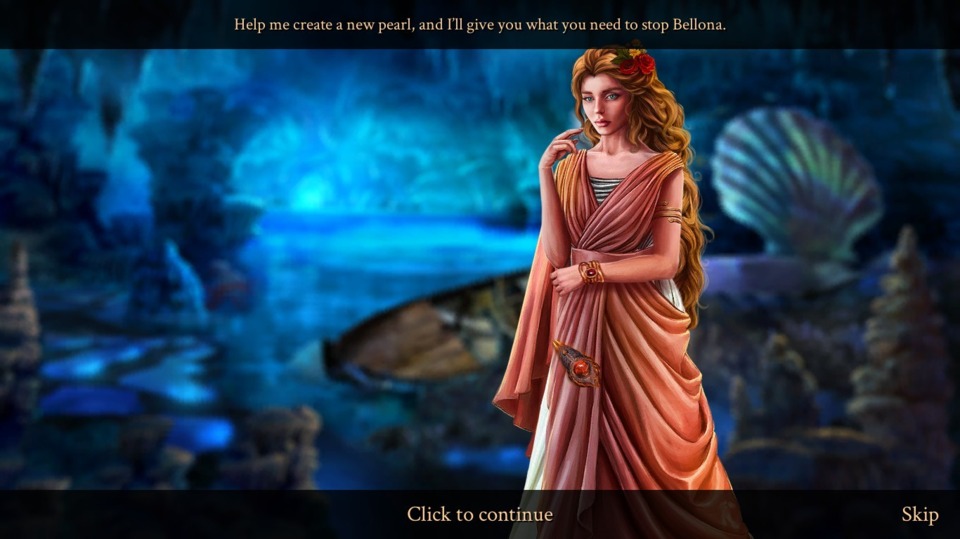
Well, I can certainly say I'm getting a lot of data about how these games function, but I was hoping for something a little more distinctive from a different studio. It's remarkable how closely these games seem to hew to the same blueprint so far, and it doesn't seem to be evolving over time - The Myth Seekers was only released last year. Now that I have an idea of what to look out for, I'm going to get even more granular with future entries, maybe even start drawing up some stats and figures: I'm curious to find out how often the same puzzles keep popping up, for one, as it seemed half the puzzles in this game were iterations of similar ones in Grim Legends (and, I'm guessing, a dozen other HOPAs).
What's more, I'm starting to suspect the formulaic nature is actually one that works to this genre's credit. Casual games are meant to be as accessible as possible, and encountering the same puzzle types cuts down on having to learn new mechanics. Even on the Expert difficulty, I breezed through this thing no problem (the sole exception being that sliding block puzzle, of course) because I was never really required to think too hard. The stories don't generally matter either - they basically work as a framework to hook puzzles onto. Maybe the heart of the "casul" experience is something you can sleepwalk through and enjoy, vaguely, the whole while.
Could be that this standpoint will continue to shift as I continue play more HOPAs: we'll find out next fortnight, as we return to the forest and get married to the Mice King.
